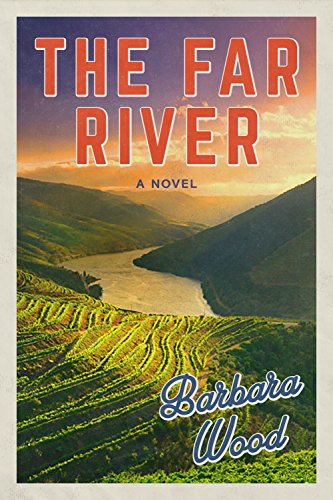The Far River
Workmen repairing earthquake damage to the outer wall of the Schaller winery in Largo Valley, California, expose a gaping hole in the solid rock and adobe wall. Inside they find a skeleton with a bullet hole in the skull. Thus begins Nicole Schaller’s exploration of her family’s history and the feud with the rival Newman winemakers that has persisted over four generations.
The novel alternates between the present-day investigation of the skeletal remains and the growth and development of the two winemaking estates from 1912 to 1965. It recounts the arrival of newly married Clara and Wilhelm Schaller and his brother, Johann, in the United States from Germany just prior to WWI, the falling-out between the brothers, and the continued bitterness harbored or intensified by the actions of their descendants.
While the structure of the novel helps sustain the reader’s interest across numerous time periods and multiple characters, it often ends up in recapitulation. Efforts to mend the fracture between the families appear to arise more from the narrative than the inclinations of the characters. The Far River, nonetheless, is an engaging and illuminating read as it plumbs the prejudices and attitudes that are not simply inherited but also learned. As in vineyards and winemaking, the quality of the vintage relies on the labor as well as the grapes.










